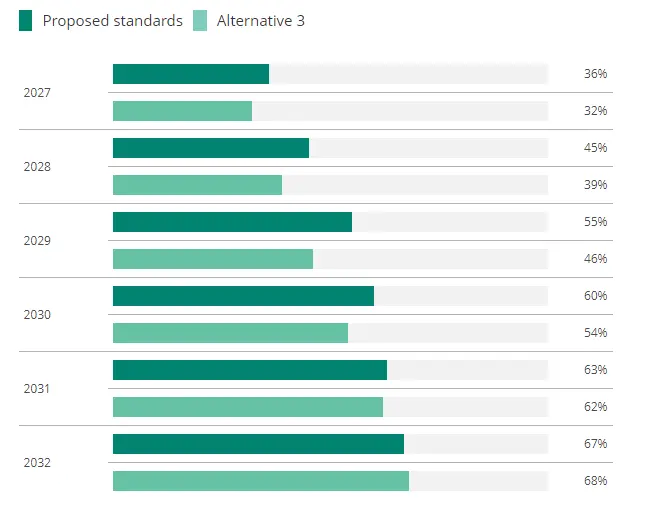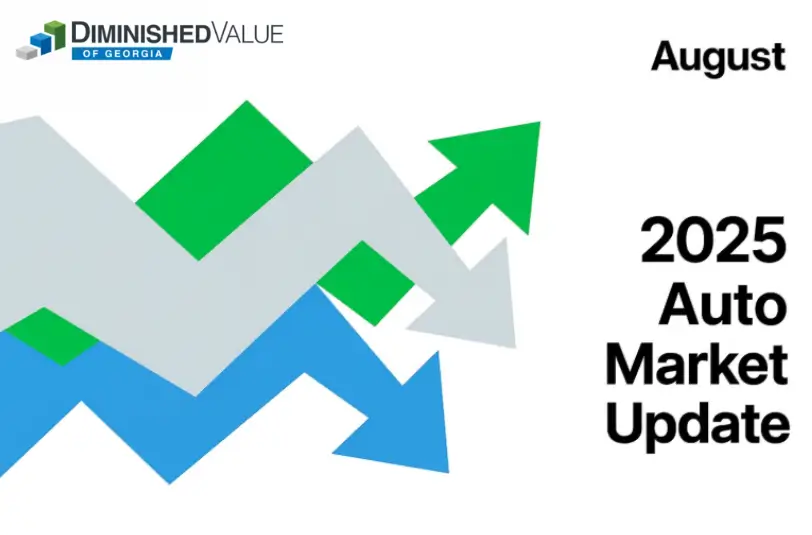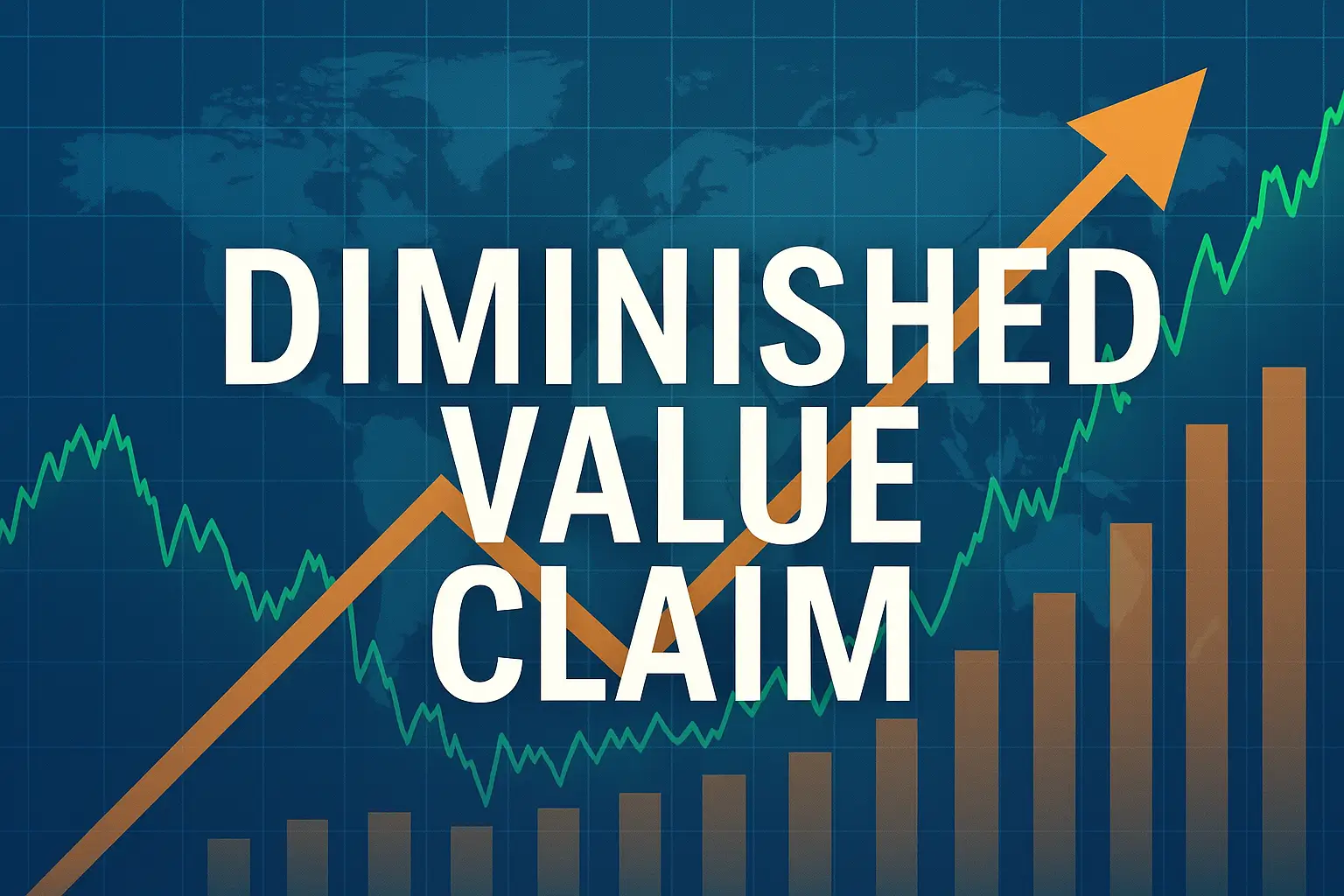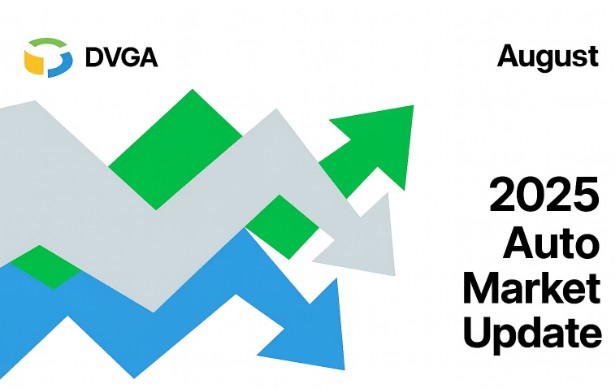Imagine a big meeting where car makers, environmental groups, and government folks are all sitting around a table. They’re there to talk about how to make cars that pollute less. The government, especially the EPA, wants cars to be cleaner than ever before. But the car companies are saying, “Hold on, we need a bit more time to make this big change.”
The EPA had this tough rule they wanted to put in place. It was all about making cars emit less pollution by pushing electric vehicles (EVs) big time. They had numbers like 60% of new cars needing to be electric by 2030.
But after hearing from car companies, they’re thinking of easing up a bit. This is because making so many electric cars so fast is a huge challenge. There are issues like getting enough parts, building charging stations, and making sure people actually want to buy these cars.
The Future of EVs: Understanding EPA’s Proposed Changes (PDF)
Easing into Electric: A Look at the Numbers
The EPA had two plans. The first one was super strict, but the second one, “Alternative 3,” is a bit more relaxed. It still asks for a lot of electric cars on the road but gives car makers more room to breathe. For example, instead of jumping straight to 60% electric cars by 2030, this plan suggests a smaller number first, then increasing it over time, 54 percent by 2030 and 68 percent by 2032, according to the proposal.
Car companies have mixed feelings. Ford thinks this easier plan could work with some tweaks. Kia, on the other hand, thinks it’s still too optimistic. They’re worried it might be too hard on car makers and might push them too fast into making electric cars.

What the Car Folks Say
The big car companies and their friends aren’t against cleaning up car pollution. They just want rules that make sense and are doable. They’re saying, “Let’s make changes that fit with what people want and can afford.” They also point out that we need more charging stations and time for new laws that support clean energy to kick in.
Dealers, also have their say. They worry that pushing electric cars too fast might scare off buyers who aren’t ready to switch from gas to electric because of high prices or not enough places to charge.
The Challenge of Switching to Electric
Even with these debates, there’s a lot of money going into making cars cleaner and more electric. But it’s not just about building electric cars. It’s about making sure there are enough types of electric cars—at different prices and sizes—so everyone can find something they like and can afford.
Wrapping Up: Can We Make It Work?
Making cars cleaner is a big goal, and it’s important for our planet. The EPA’s rules are about finding the best way to do this without causing too much trouble for car makers and buyers. It’s about taking steps that are big enough to make a difference but also realistic.
As we look ahead, we have to ask: How can we make sure that cleaner, electric cars are something everyone can get on board with?



